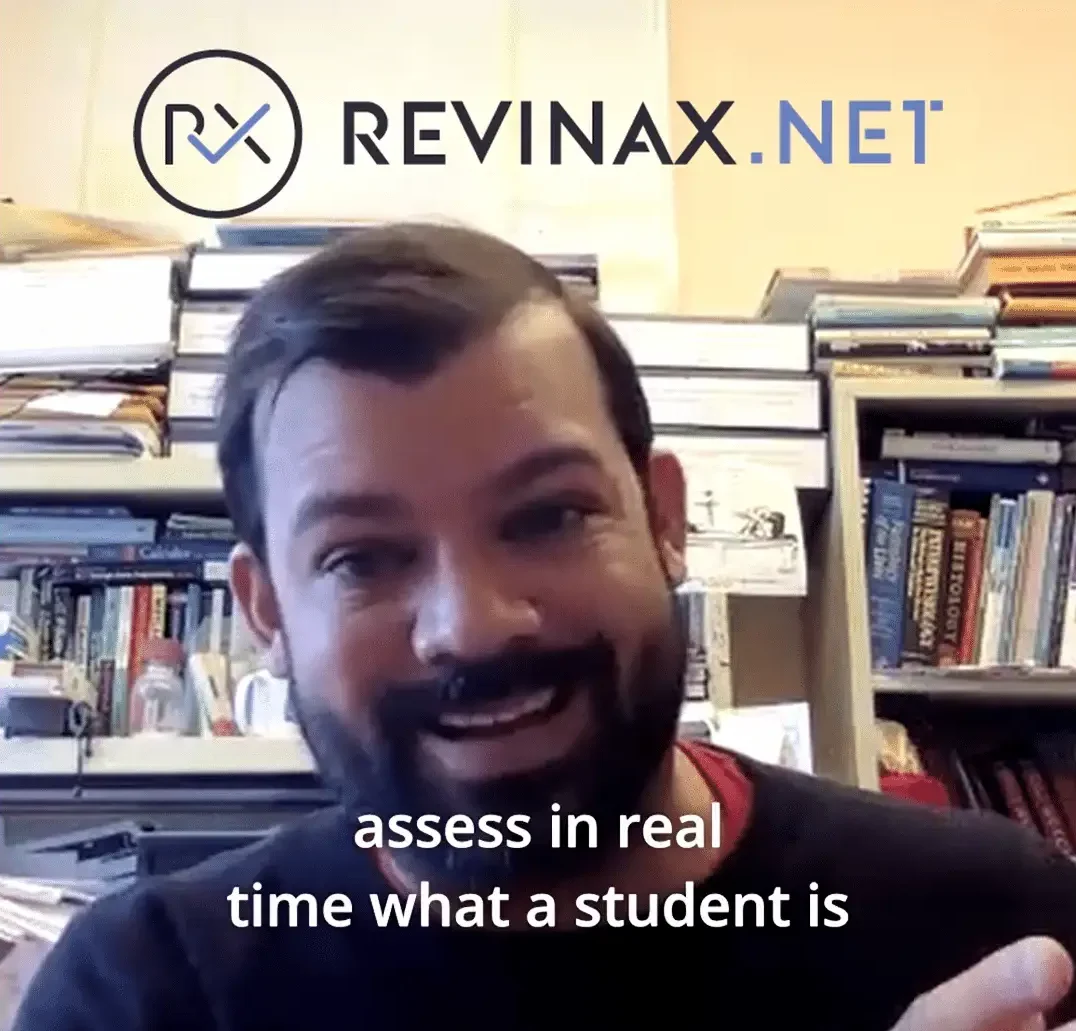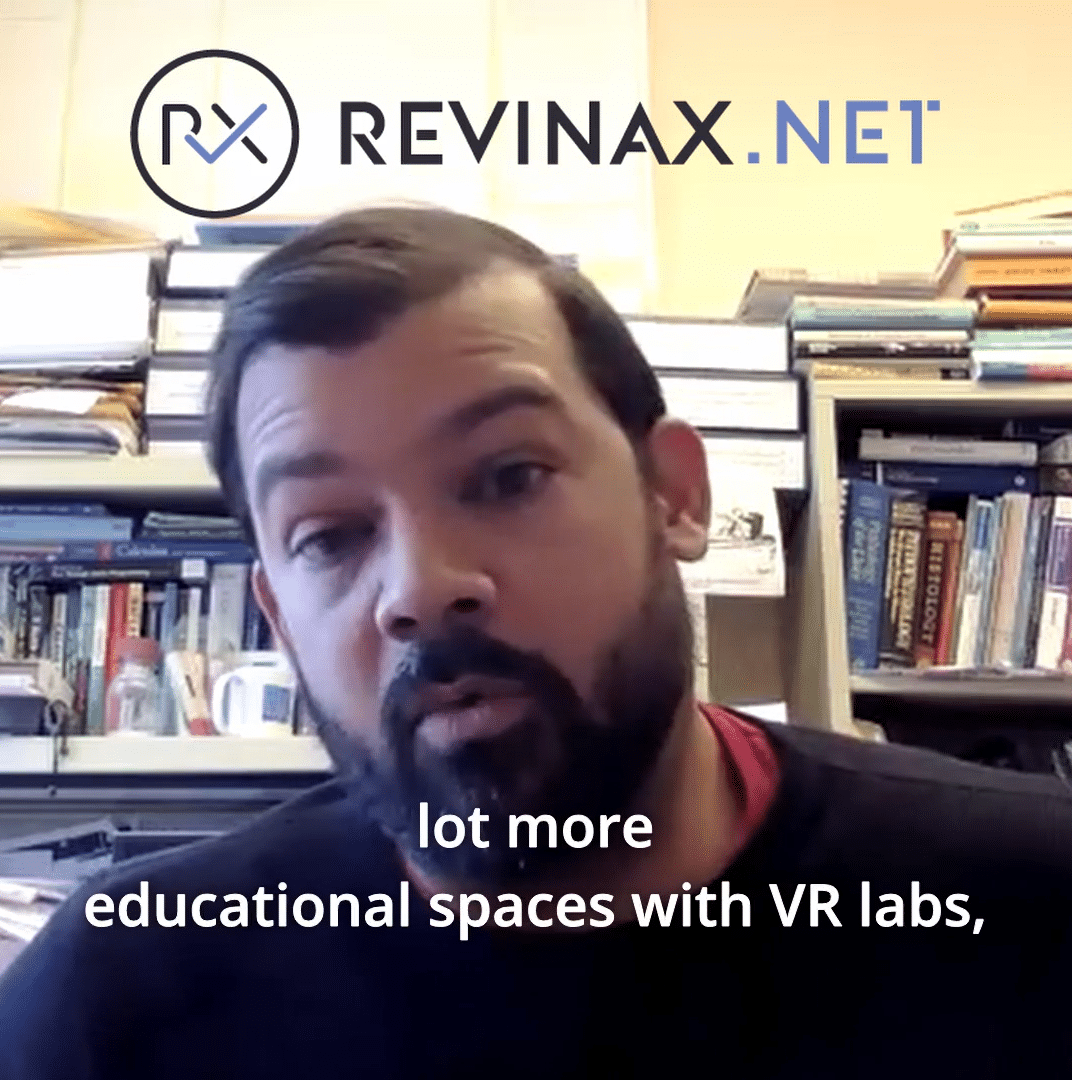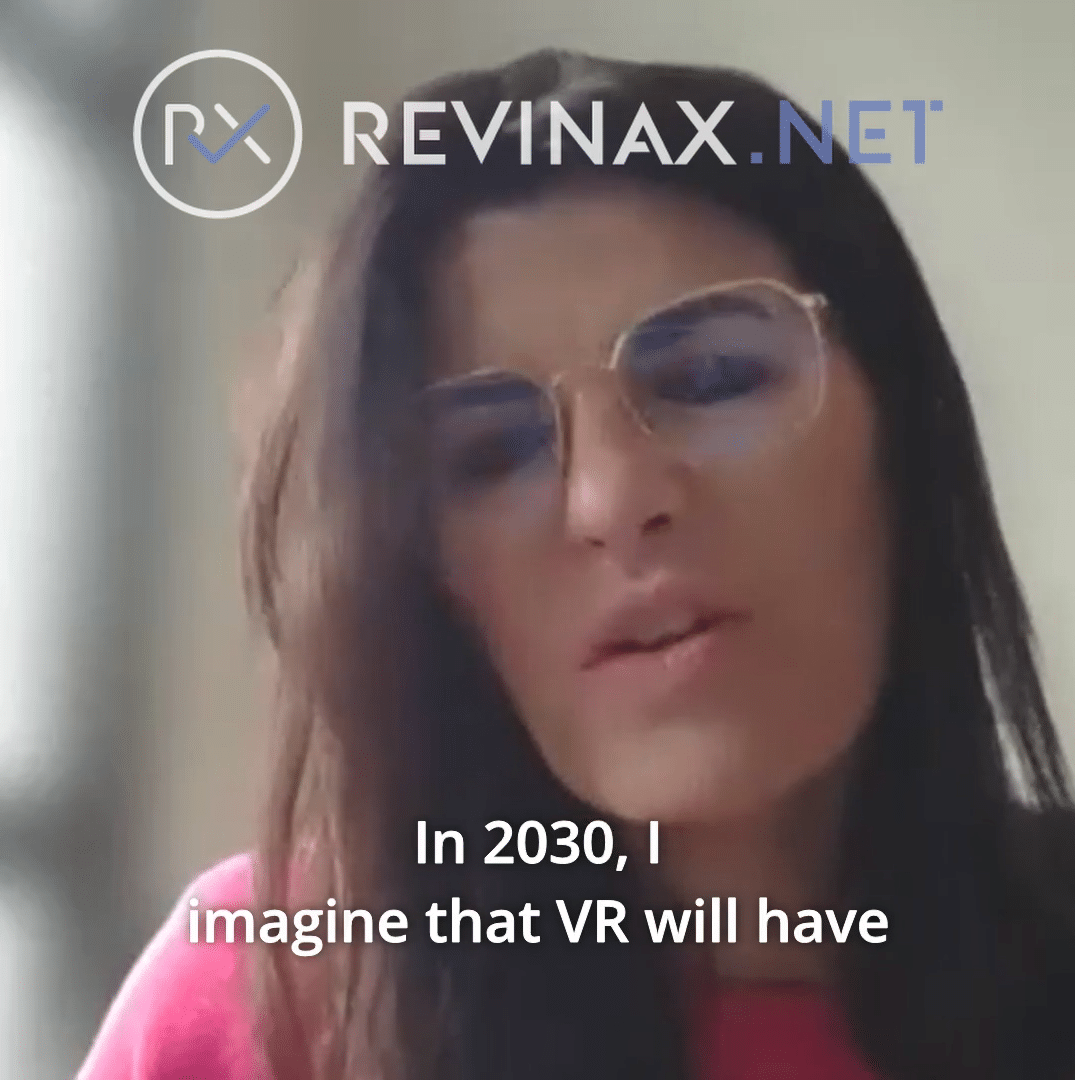Welcome aboard Revinsight, the podcast that helps you understand how organizations and individuals adopt, utilize, and track VR results.
Accept consent to view this
Maxime Ros: Today, I’m super glad to receive Steve Mahaley. He’s from Hillsborough, North Carolina. He’s a VR producer and co-founder at the Red Fern.
Hey, Steve, what will VR 2030 look like?
Steve Mahaley: Well, you know, Maxime, I think there are people who will know more about some of the aspects of virtual reality and the predictions, if you will, of how both hardware and software will continue to evolve. I think it’s important to always keep looking at the hardware developments, just as it’s also important to look at the software developments.
My particular area of curiosity and perhaps even caution is as we start to see the advances or continue to see the advances in artificial intelligence and the application of artificial intelligence in the generation of imagery and environments, and this is already happening.
I am concerned because I think that there is a, you know, there’s always a chance that we will mistake the computer-generated environments for real environments. And when it comes to certain things about being a human on this planet, I think we need to be more connected to the real, certainly use the virtual and invented environments for practice, for exploration, for ideation, for innovation. Yes, do all that, but let’s not lose sight of what is actually real. And let’s work together to solve some of the really big problems that this world is facing. I think that virtual reality stands to continue to provide bridging experiences for people to bring us more proximal to the experience that others have in very different places in the world and in different industries and different situations so that we can develop more empathy, have a better understanding, and be more committed to solving problems together as humans, not just as individuals in various organizations or states or countries or parts of the world.





